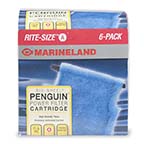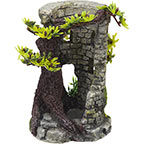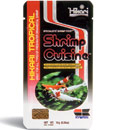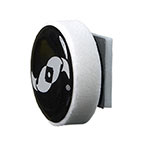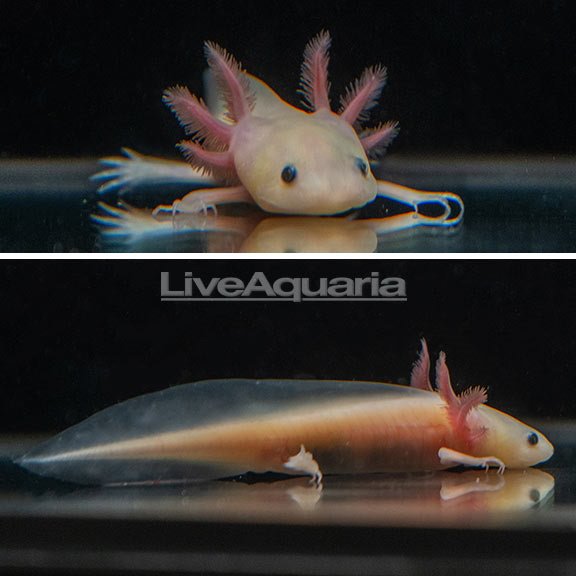
Quick Stats
What do these Quick Stats mean? Click here for more information
What do these Quick Stats mean? Click here for more information
Overview
Axolotls Ambystoma mexicanum are freshwater amphibians in the Ambystomatidae family and are known for their unique look. Because they lack a thyroid stimulating hormone, they do not undergo metamorphosis, so retain a larval look throughout their lifetime. Named by Aztec Indigenous people, their name comes from combining two words: ‘atl’ meaning ‘water’ and ‘xototl’ meaning ‘dog’.
Nocturnal amphibians, they have been known to live up to ten years, most likely because they have the ability to regenerate many body parts including limbs and tails, as well as organs such as their central nervous system, tissues of the eye, heart, and parts of their brains.
Axolotls need cooler water in which to live, as warmer temperatures can cause stress making them more susceptible to infections and disease which could result in death. Aquarists should select an aquarium of at least 20 gallons for one specimen. Because they spend a majority of their time at the tank bottom, special care should be taken when selecting the tank substrate. Gravel should not be used; the substrate should consist of smooth sand with grain particles under 1 mm. Bowel obstructions are a common cause of death so care should also be taken that no substrate or décor smaller than 3 cm be allowed within their reach. It is recommended to keep Axolotls in a species-only aquarium.
An unusual carnivore because they don’t have teeth, Axolotls suck or vacuum their food into their stomachs. In captivity, they will eat a variety of readily available foods including appropriately sized soft pellets, frozen or live bloodworms, earthworms, and waxworms. Adults can be fed 2-3 times per week, juveniles 1-2 times per day. Because of their poor eyesight, they will rely on their sense of smell to locate food.
Approximate Purchase Size: 2" to 4"




